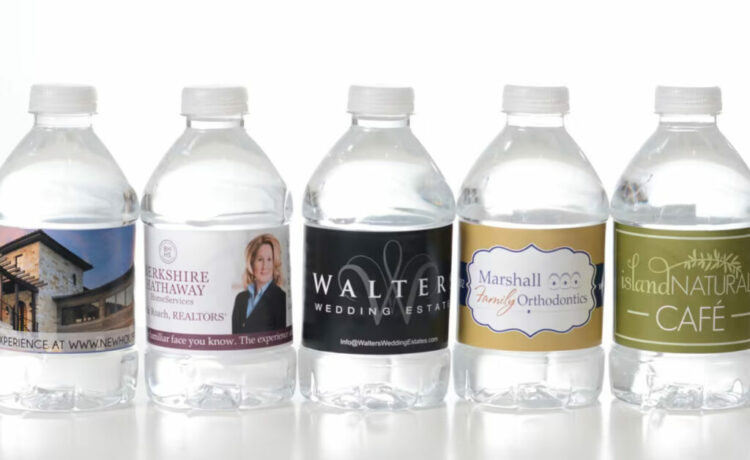Bottle labels are an essential part of product packaging, providing important information to consumers and serving as a marketing tool for businesses. There are various types of bottle labels used in the industry, each with its own unique characteristics and purposes. In this document, we will discuss the different types of bottle labels and their features.
Pressure Sensitive Labels
Pressure-sensitive labels, also known as self-adhesive labels, are one of the most commonly used types of bottle labels. These labels have an adhesive backing that allows them to stick to the bottle surface when pressure is applied. They are easy to apply and do not require any heat or solvent for activation, making them a popular choice for high-volume applications. Pressure-sensitive labels are available in a range of materials, including paper, film, and foil, allowing for various printing options such as digital, flexographic, or offset printing.
Cut and Stack Labels
Another popular type of bottle label is the cut-and-stack label. These labels are made from paper stock and are typically used for smaller beverage bottles or cans. They are printed, cut into individual labels, and then stacked for application onto the bottles using glue adhesive. Cut-and-stack labels offer a cost-effective solution for small to medium-sized product runs.
Shrink Sleeve Labels
Shrink-sleeve labels are becoming increasingly popular in the bottle labelling industry. These labels are made of a plastic material that shrinks when heat is applied, conforming to the shape of the bottle. Shrink sleeve labels offer 360-degree coverage and can be printed with high-quality graphics, making them ideal for premium products. If you are seeking food safety standards or eco-friendly packaging, you can search on Google for “bottle labels UK“. You will find top-rated labelling companies that produce the highest-quality printed labels for your brand.
In-Mould Labels
In-mould labels, also known as blow mould labels, are a type of label that is inserted into the bottle mould before the plastic is injected. The label then becomes an integral part of the bottle, resulting in a seamless finish without any visible edges or seams. In-mould labels are durable and offer excellent moisture resistance.
Roll-Fed Labels
Roll-fed labels are typically used in the labelling of plastic water bottles. These labels are printed on a continuous roll and then applied to the bottle using a machine that cuts and applies the label simultaneously. Roll-fed labels offer higher productivity rates and can be easily applied to bottles with irregular shapes.
Wraparound Labels
Wraparound labels, as the name suggests, wrap around the entire bottle, providing 360-degree coverage. These labels are typically used for larger bottles and can be printed with high-quality images and graphics. They offer a premium look and feel to the product, making it stand out on store shelves.
Conclusion
Bottle labels play a crucial role in conveying information to consumers and promoting products. Each type of label has its own unique characteristics and offers various benefits, making them suitable for different types of bottles and products. By understanding the different types of bottle labels, businesses can choose the most suitable option for their packaging needs. So, it is essential to carefully consider the type of label used to ensure that it meets both functional and aesthetic requirements. With advancements in technology, the possibilities for bottle labelling are limitless, and we can expect to see even more innovative solutions in the future.
So, whether you are a consumer or a business owner, pay attention to the type of bottle label used and appreciate its role in delivering quality products to your hands.









